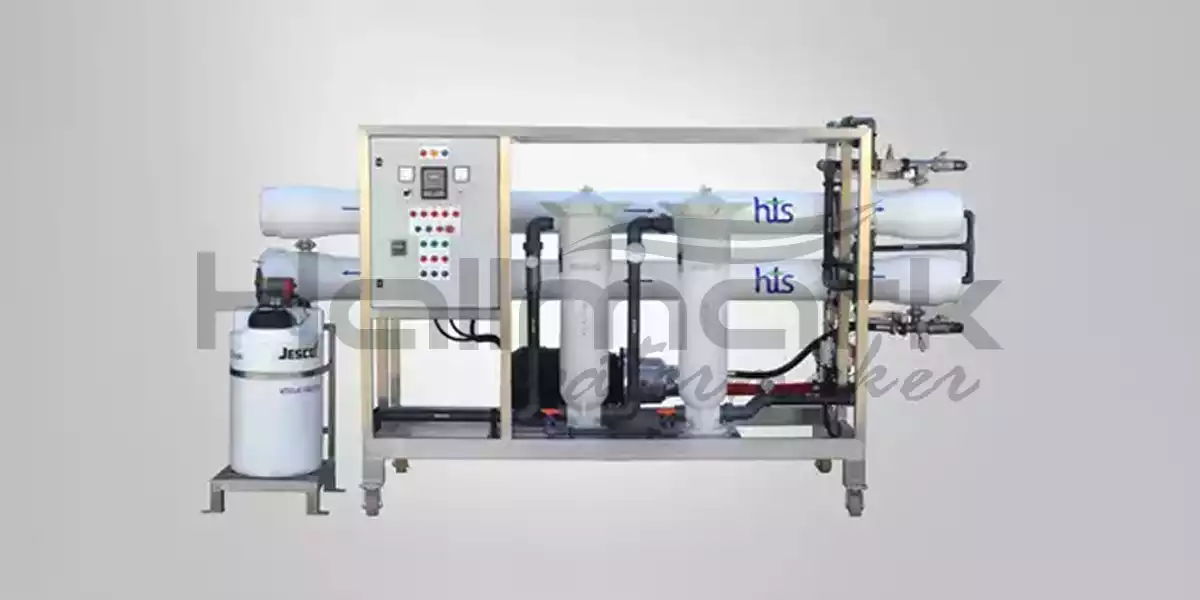Shopping cart
Recent Posts
Newsletter
Sign Up to get updates & news about us . Get Latest Deals from Walker's Inbox to our mail address.
Phone Number:
+971 55 296 5870Sign Up to get updates & news about us . Get Latest Deals from Walker's Inbox to our mail address.
Phone Number:
+971 55 296 5870
Freshwater is a critical necessity—especially when you’re far from the shore or living off-grid. Whether you’re sailing in the Arabian Gulf, exploring the Omani coastline, or managing offshore operations, securing clean drinking water is a challenge. That’s where a watermaker becomes your most vital asset.
In this article, we’ll break down what a watermaker is, how it works, and why it’s an essential solution for marine, offshore, and remote applications.
Access to fresh, potable water is one of the biggest limitations when at sea or in remote environments like oil rigs, yachts, desert camps, or offshore platforms.
Relying on bottled water or supply ships is:
This is where the need for an onboard or containerized freshwater system becomes a pressing problem.
A watermaker is a specialized reverse osmosis (RO) system designed to convert seawater or brackish water into safe, drinkable freshwater.
It is commonly used in:
The core of the watermaker lies in Reverse Osmosis (RO), a proven water purification process. Here’s a step-by-step breakdown of how it works:
Seawater is first drawn into the system and passed through pre-filters (typically 5-50 microns) to remove sand, sediment, and large particles.
The filtered water is then pushed through a high-pressure pump, usually operating between 800–1,200 psi, to force the water into the RO membrane.
At this stage, the pressurized water is forced through a semi-permeable RO membrane. This removes up to 99% of:
The clean freshwater (permeate) is collected in a storage tank, while the remaining brine (concentrated salt water) is discharged back into the sea.
Some watermakers include UV sterilizers, activated carbon filters, and TDS meters (like the Myron L Ultrameter) for final purification and quality assurance.
Operating in hot and arid environments like the UAE and Oman presents unique water challenges. Here’s why a watermaker is the ideal solution:
We bring over 25+ years of field expertise in delivering custom-built marine and industrial-grade RO systems. Our watermakers are used by:
Our containerized RO plants and yacht watermakers are engineered for durability, ease of use, and high-performance desalination—backed by reliable support in the UAE & Oman.
If you’re operating in areas where freshwater access is less or unpredictable, a watermaker is not just a convenience — it’s a lifeline.
Whether you’re a:
…having your own RO watermaker ensures independence, sustainability, and peace of mind.
👉 Explore our full range of watermakers at www.rowatermaker.com — or contact our team to find the right solution for your needs in the UAE and Oman.